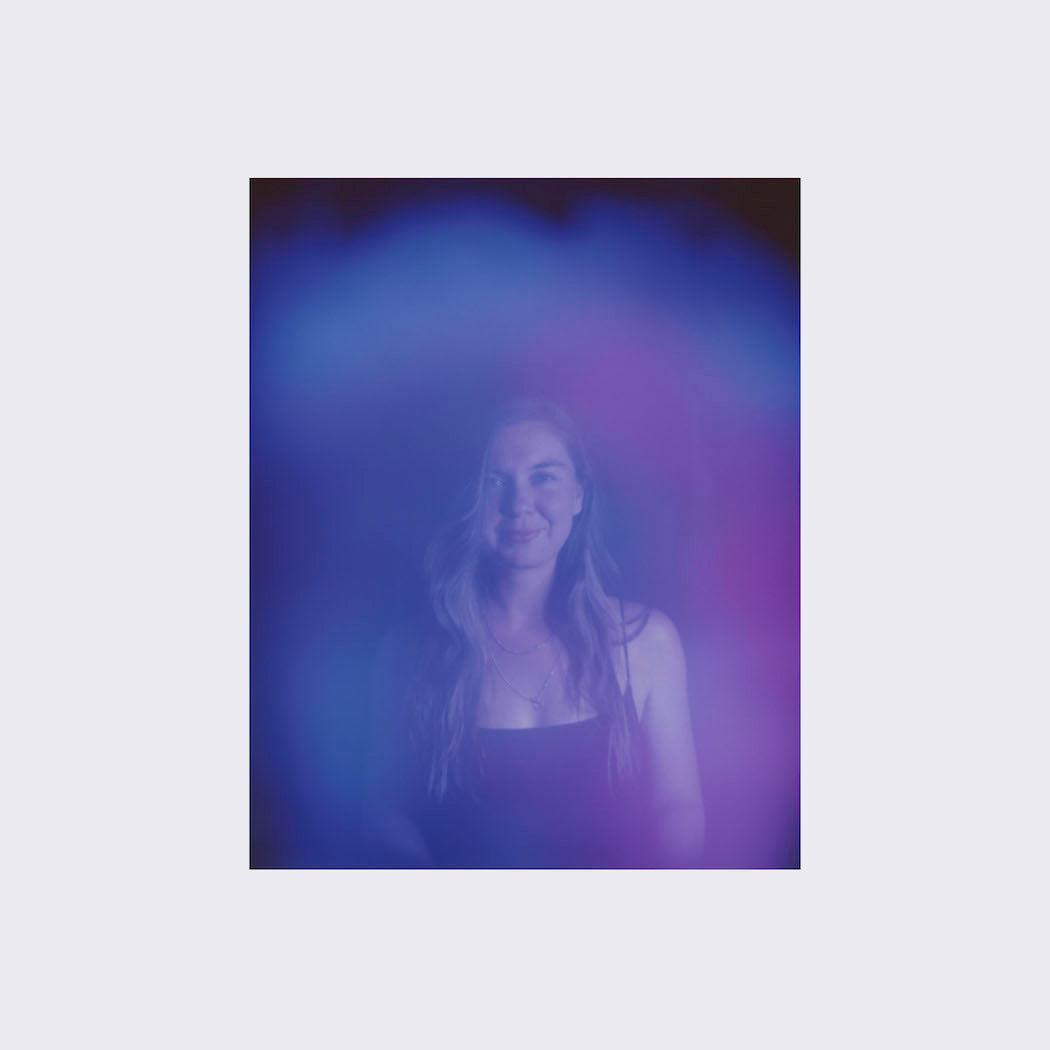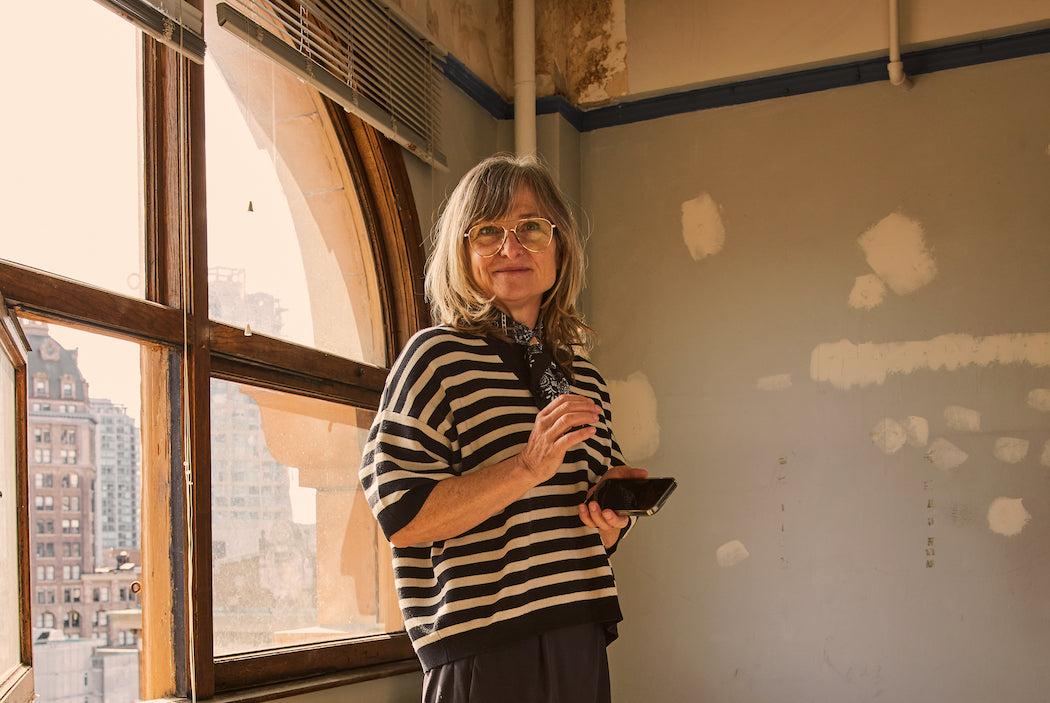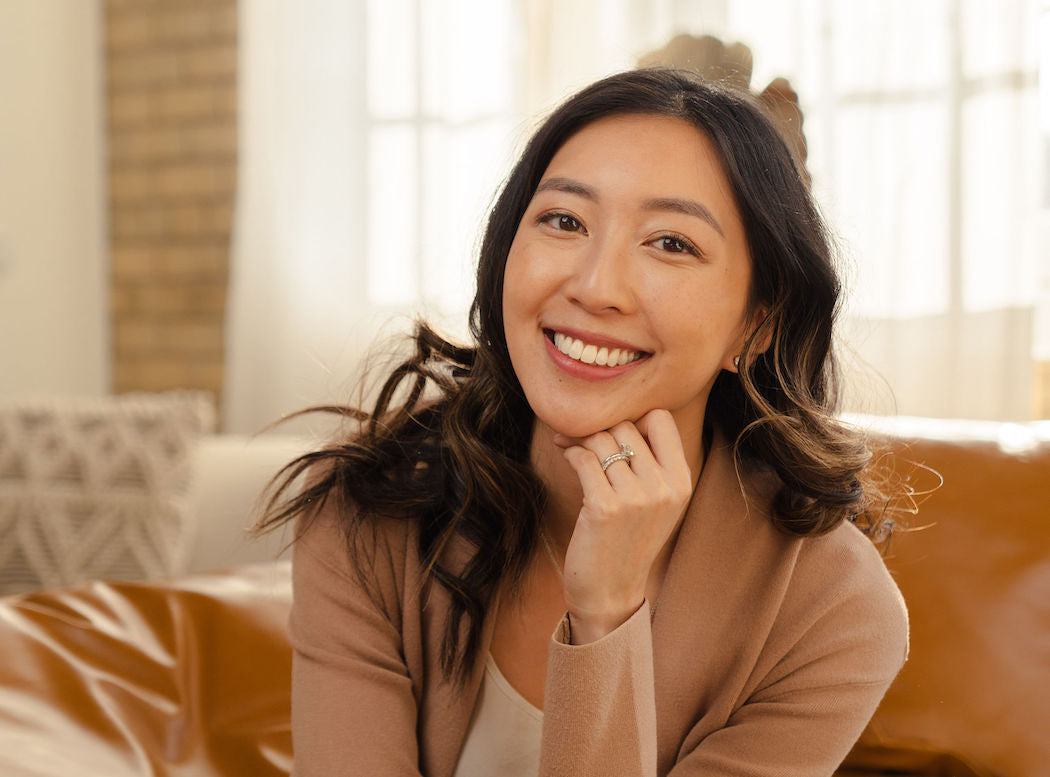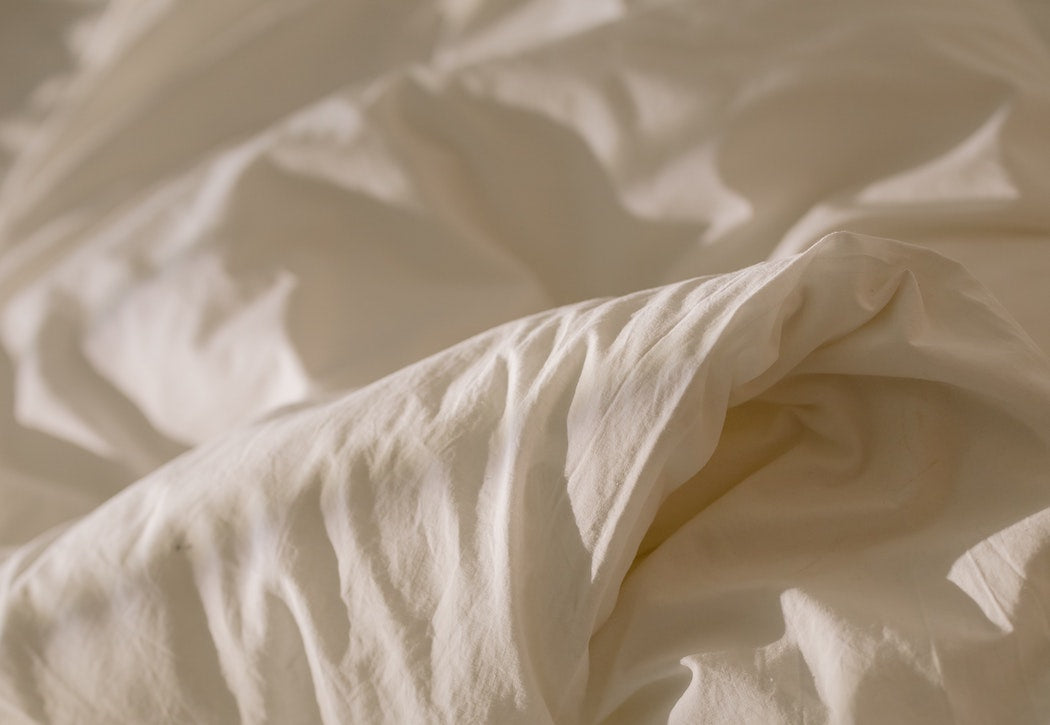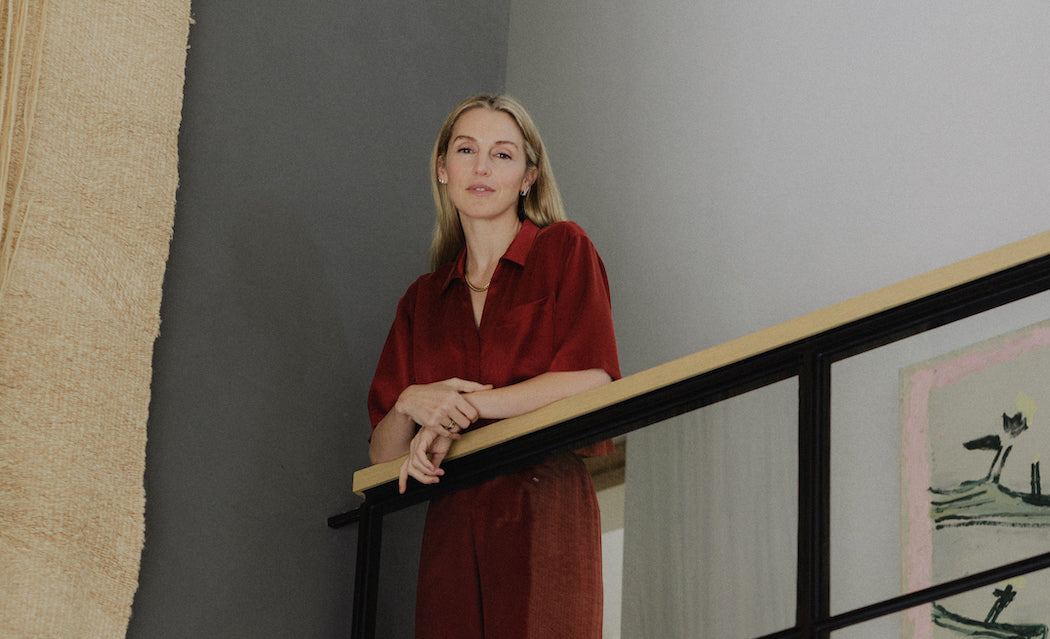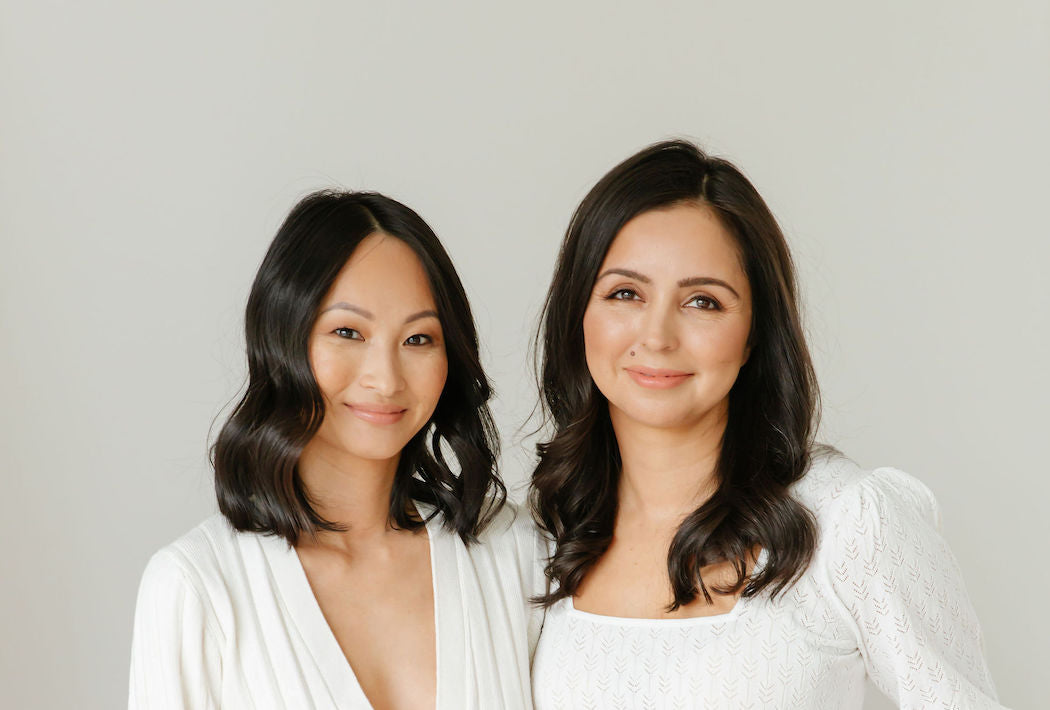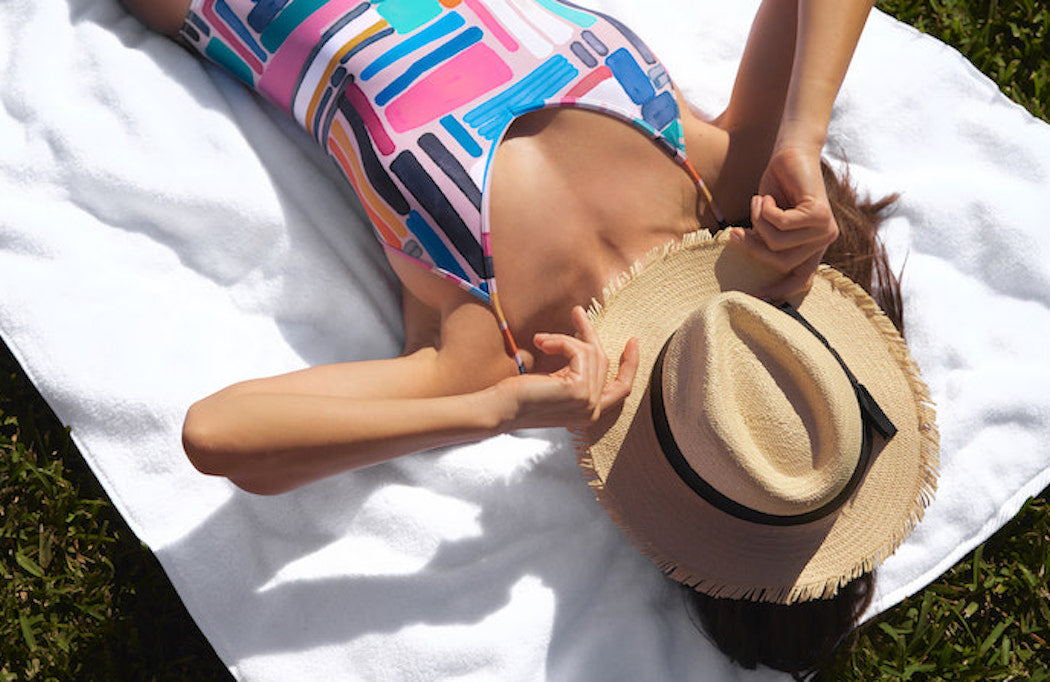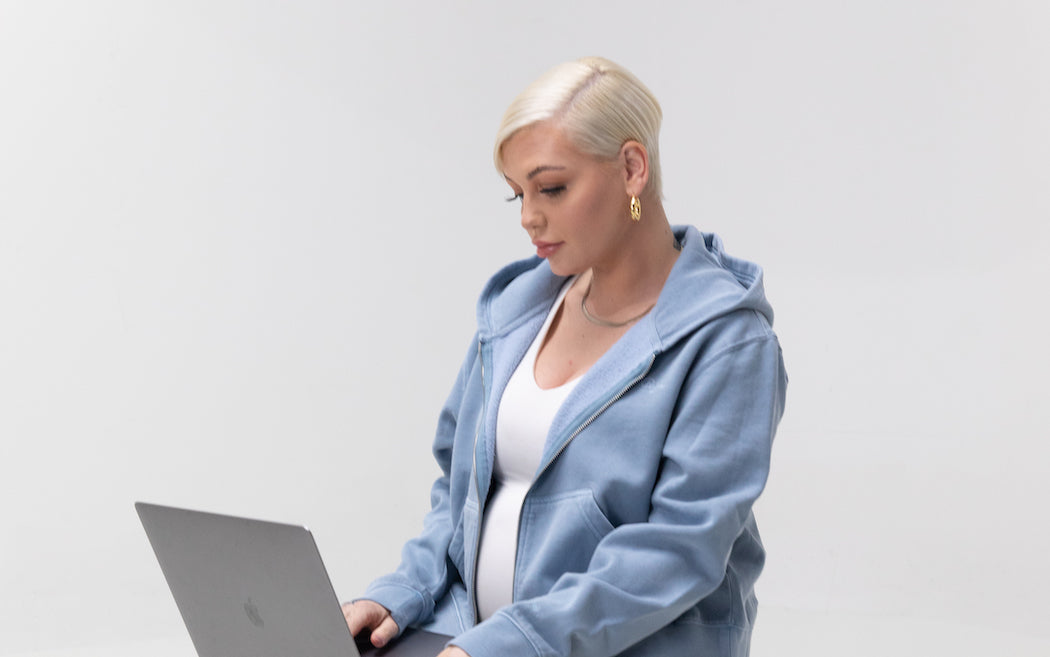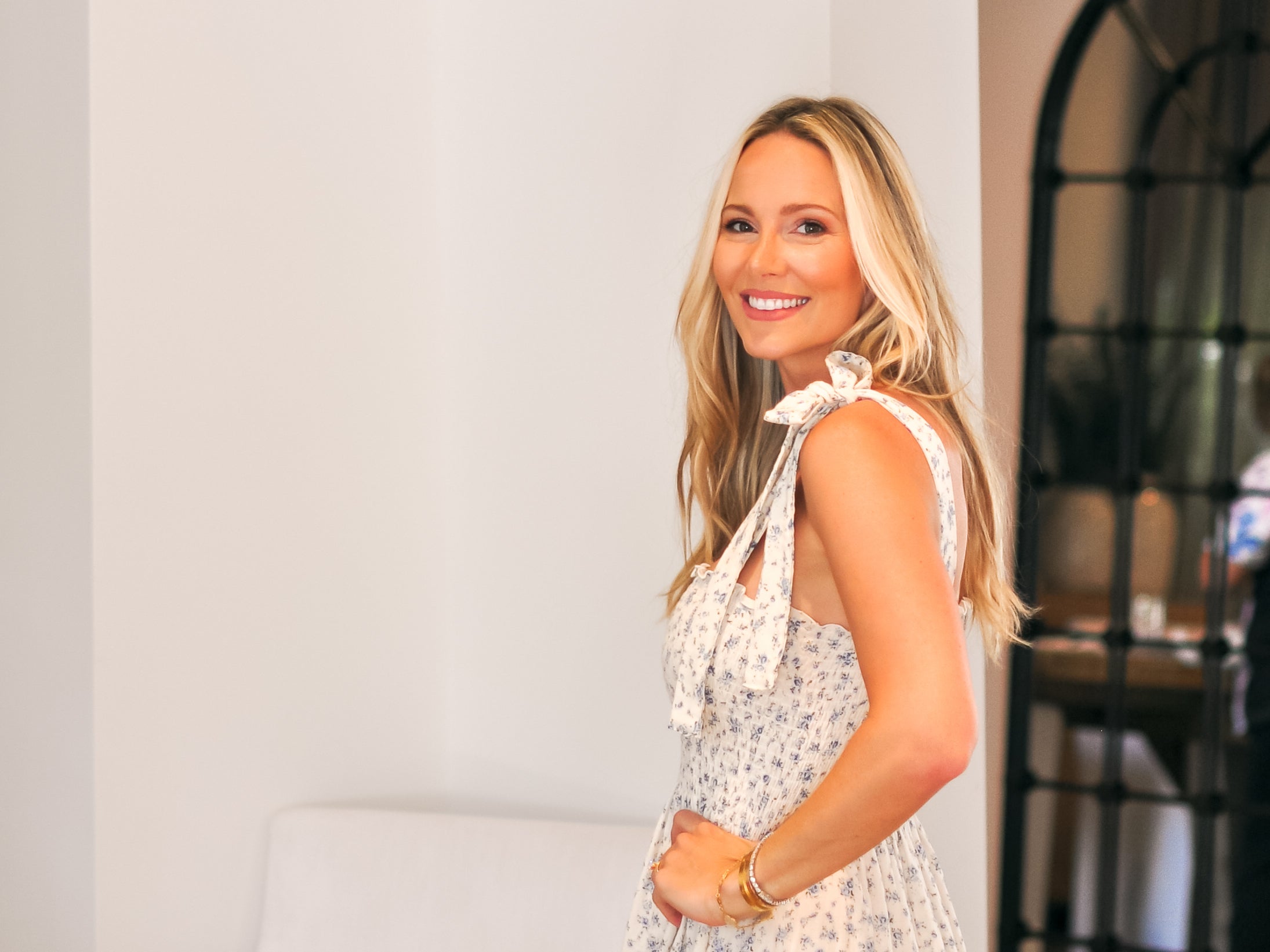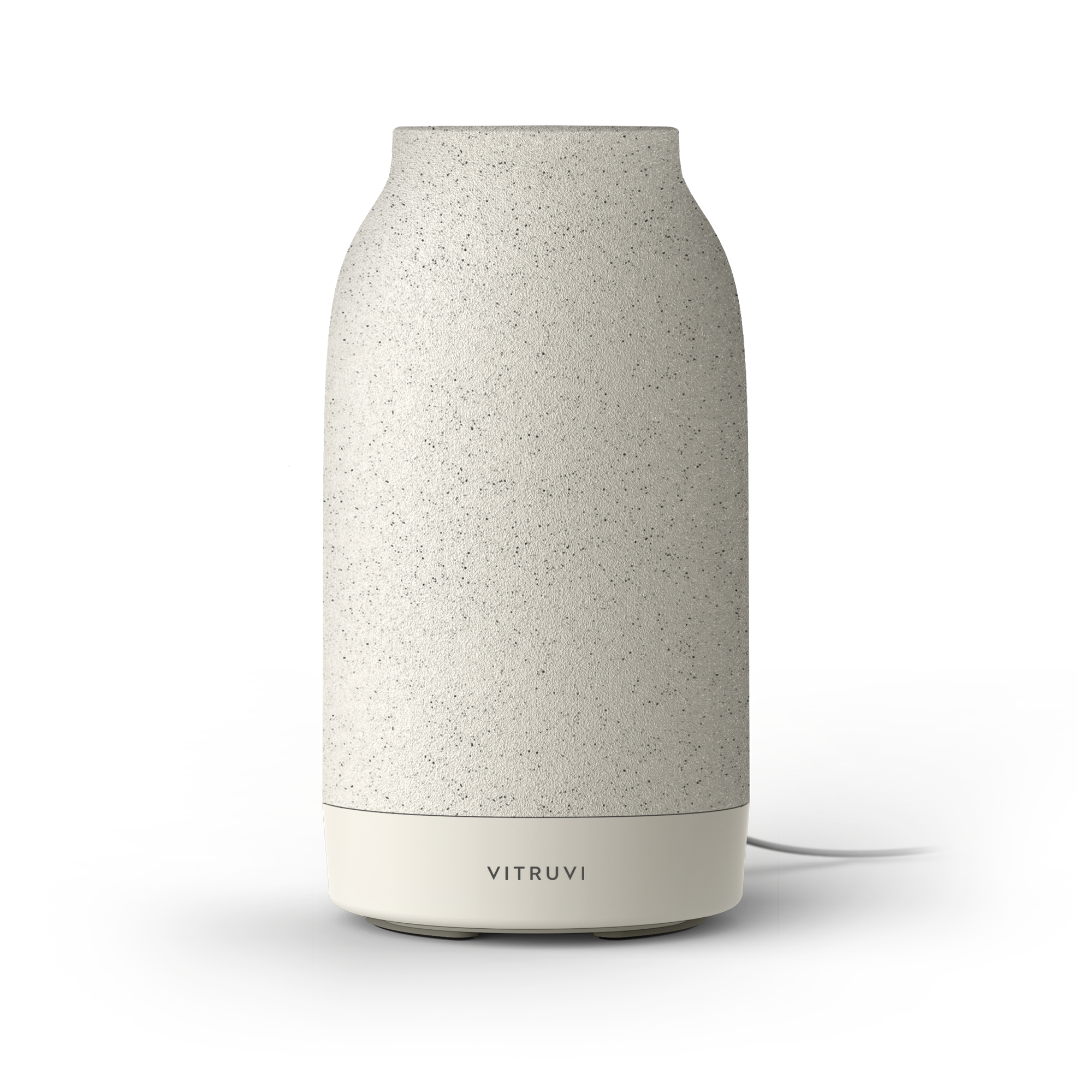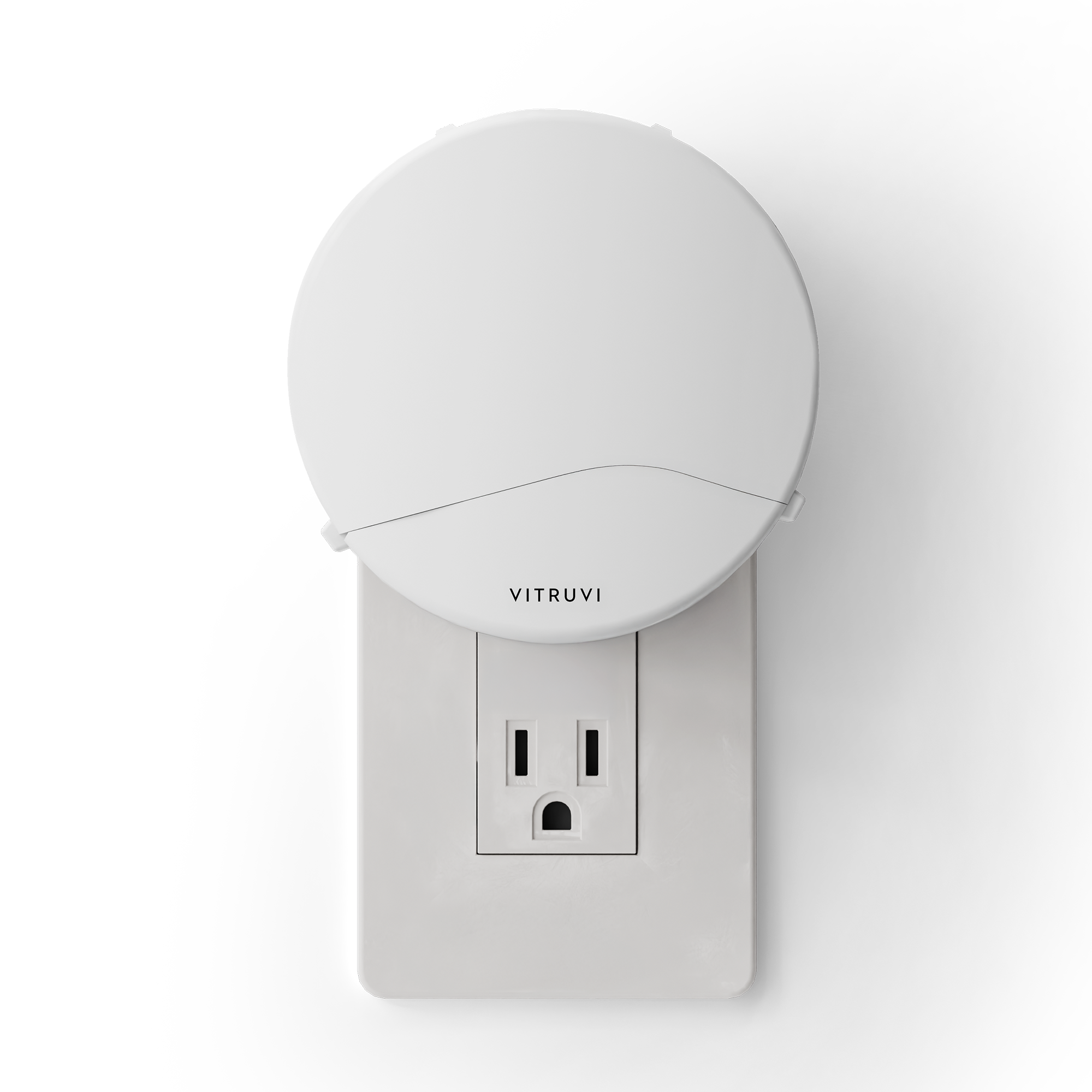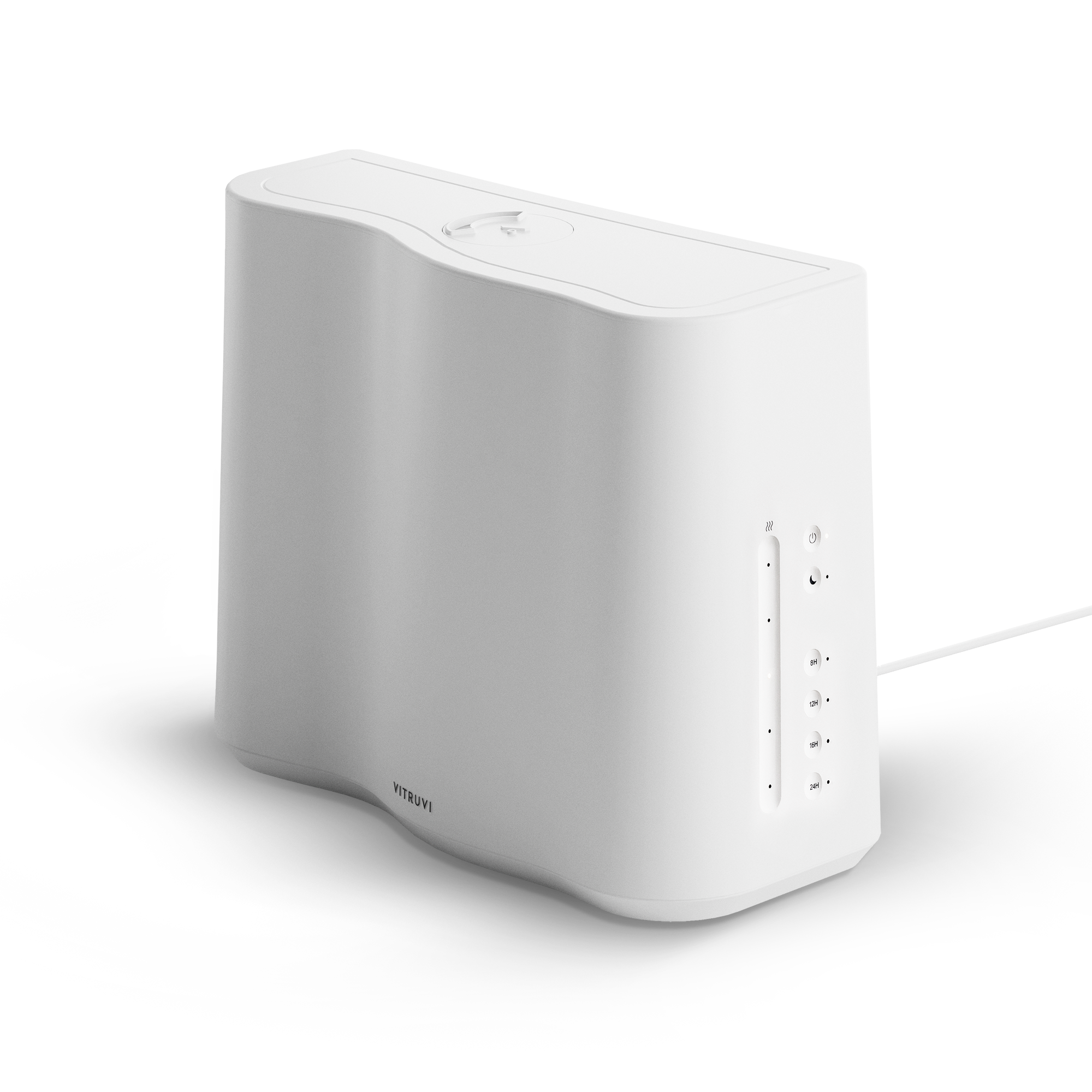Vacations, we always secretly hope, will be life-altering. For Eleni Nikoletsos of Hello Aura, darting from Vancouver to Los Angeles for a trip with her best friend actually did change everything.
It was there, long before “social distancing” was part of our vernacular, that Nikoletsos tried aura photography for the first time. “I was hooked right off the bat,” she says via phone. Six months later, she was back in LA for another vacation—and another aura photo session. The second photo was radically different from the first, giving visual testimony to everything that had changed for Nikoletsos in half a year. “It took me the very first photograph to be like, ‘This makes sense, this is great.’ But then that second photograph!” she says. “I am constantly reassured by the technology and how it all works.”
A trained yoga teacher and graduate of Emily Carr University of Art + Design (where she majored in photography), Nikoletsos had finally found a medium that symbiotically blended her interests. “Understanding why we are the way we are—that was the focus in most of my work, in my yoga practice and my art practice,” she says. “So when I first learned of this technology, it was a perfect combination.” Soon, Nikoletsos was tracking down aura photographers closer to home and sourcing her own camera; so far, she only knows of one other Canadian who owns the same model.
What is your aura?
Your aura is, in a basic sense, the energy that surrounds you. For most people it’s constantly in flux and responds to major events in our lives, our surroundings, and the energies of the people around us. While many people have had the experience of sensing another’s energy, few of us—before the implementation of aura photography—could see auras, which manifest as brightly-colored mist around the body.
What is aura photography?
Nikoletsos’ camera—an AuraCam 6000—looks like a tiny, sharp-edged refrigerator mounted on a tripod. For the sitter, the presence of two hand sensors is the only thing that sets an aura photo session apart from the regular kind—well, that and a sense of anticipation that goes beyond whether or not the photo will be flattering. The AuraCam produces a classic square polaroid that captures both the subject and the colorful air surrounding them.
Polaroids take time to develop, hidden from the light, and half the fun of an aura photo is in the reveal. “Each time I peel away a photo, it’s exciting,” says Nikoletsos. “I don’t think I will ever get bored of it. It’s a surprise, and it’s different every time.”
What does your aura say about you?
Nikoletsos enjoys the layered enjoyment that a sitter can get from an aura photo. As a portrait, the images are beautiful and unique; but, if the subject wants to delve deeper into the implications of the colors, Nikoletsos is there to help interpret what she sees. Everything from the saturation of the colors to their placement on and around the body can give Nikoletsos clues about how to read the aura. The colors that show up in an aura photo are said to correspond to the chakras, or energy centers, in the body; they each carry their own connotations and distinctive traits.
“Red, for example, is your root chakra,” says Nikoletsos. “It is the vibration closest to earth, the grounding energy.” A muted color within the aura can be a sign that a particular area needs attention. “You are able to do different activities that connect to the different energy centers,” says Nikoletsos, who mentions mediations or walks in the woods as common antidotes to a depleted aura. However, she is careful to note that the idea of a “good” or “bad” aura is misleading. “Our energy is shifting all the time,” she says. An aura photo reveals “what is going on in that moment. It shows us where our energy is focused.”
Over time, Nikoletsos has noticed that the collective energy of a group or a setting can come through in the photos, citing one wedding where the guests’ images all revealed an expansive, heart-focused energy. Even the changing seasons or specific geographies can have an effect: “I would really love to take the camera around Canada,” she says. She is keen on uncovering patterns or collective shifts in the auras she photographs. Today, however, she is focused on photographing the auras around her at pop-up photo sessions in Vancouver (which follow pandemic safety protocols), as well as keeping up a series of self-portrait aura check-ins. The post-pandemic days on the horizon hold the promise of once again photographing auras at birthdays, weddings, and events. “I feel like I haven’t even sort of begun,” she muses, “to experiment the way I want to.”

